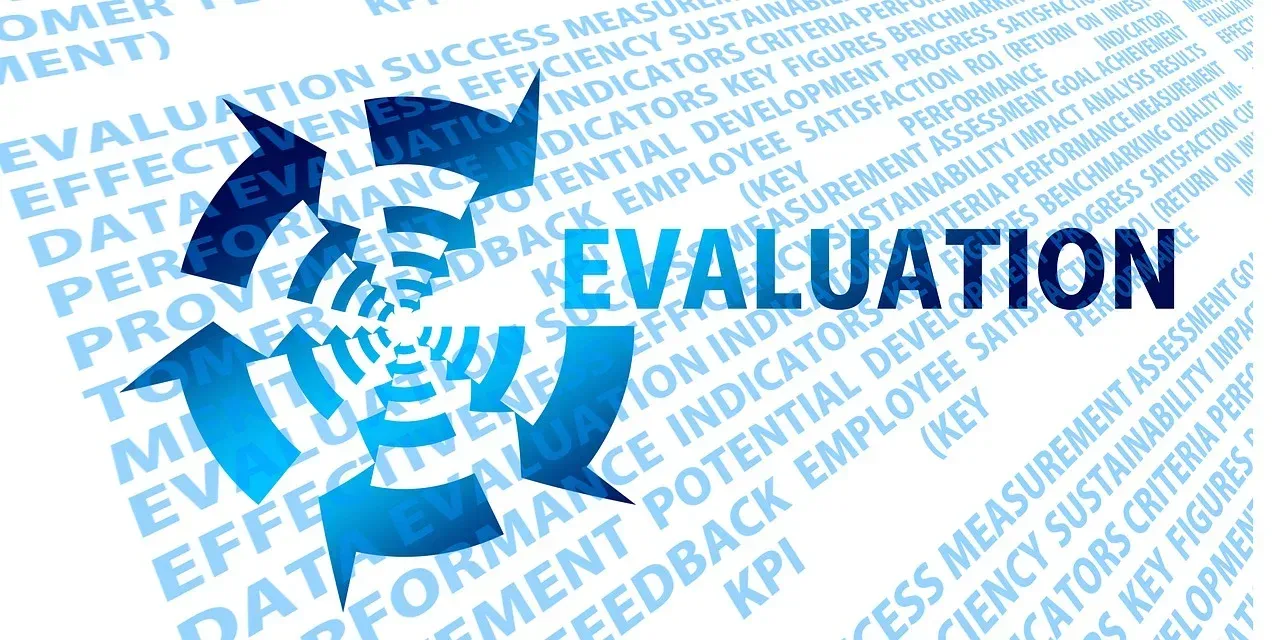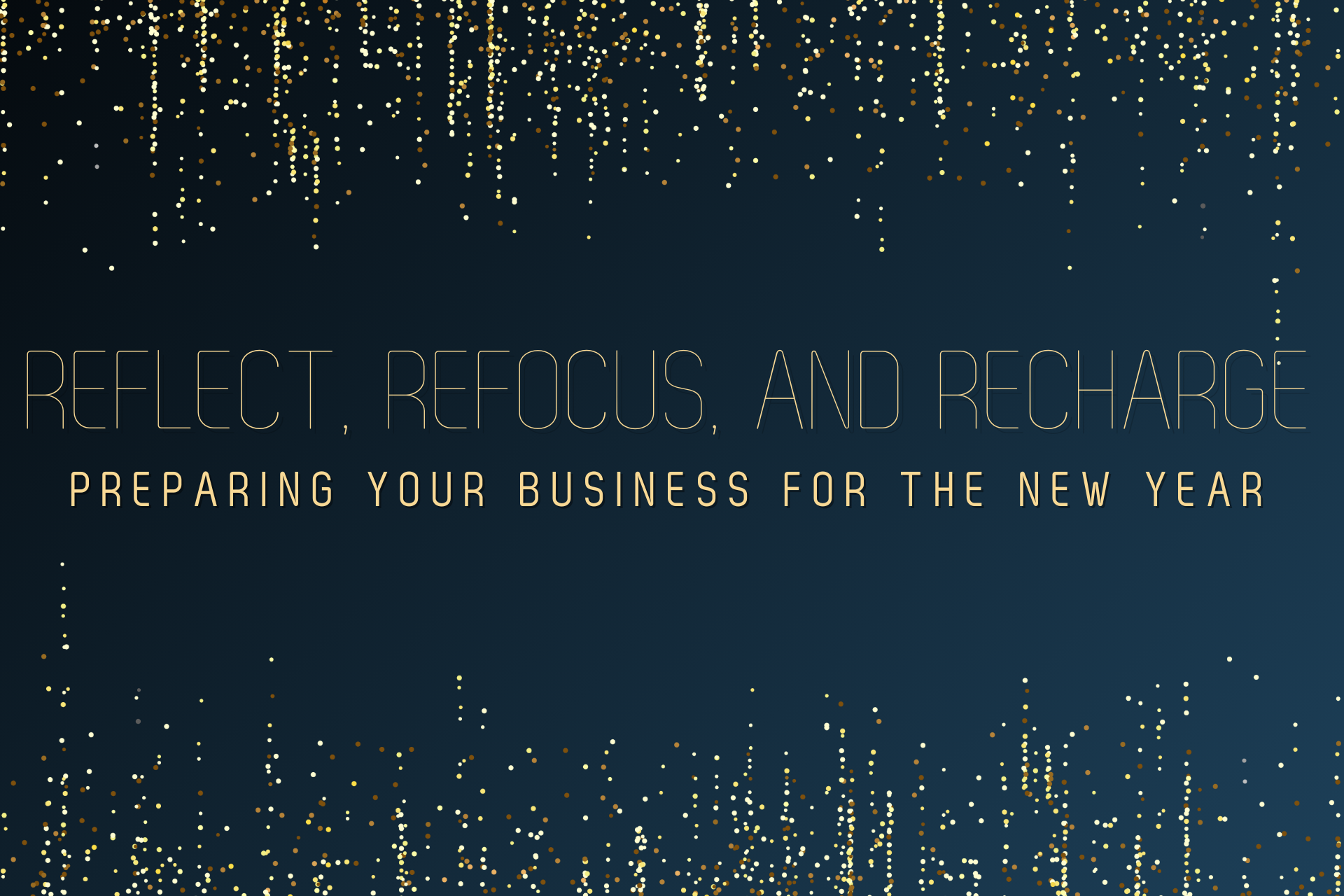The Power of Consulting Over Selling: Nurturing Success through Practical Solutions

In the dynamic landscape of modern business, a fundamental shift is taking place. Traditional hard-selling tactics are giving way to a more consultative approach. Instead of pushing products or services onto potential clients, businesses are finding that offering valuable advice and tailored solutions can be a far more effective and sustainable way to foster relationships and, ultimately, secure sales. In this blog, I will explore the concept of consulting in lieu of selling and how it can lead to long-term success.
The Art of Consultative Approach:
- Building Trust: The first step towards any successful business relationship is trust. Instead of focusing solely on the sale, a consultative approach prioritizes building trust and rapport with clients. When they trust your advice, they are more likely to choose your products or services in the long run.
- Understanding Needs: Effective consultants take the time to truly understand the client's needs, challenges, and goals. This understanding allows for tailored recommendations that directly address the client's unique situation.
- Offering Solutions: Consultants don't just push products; they offer solutions. This may involve recommending products or services, but it also encompasses advising on better practices, processes, or cost-saving measures.
- Demonstrating Value: Instead of simply telling potential clients about the value of your offering, a consultative approach allows you to demonstrate it through practical recommendations and case studies.
The Benefits of a Consultative Approach:
- Long-Term Relationships: By focusing on the client's needs and offering valuable solutions, businesses can build long-term, mutually beneficial relationships. This can result in repeat business and referrals.
- Cost-Effective: While a consultative approach might seem resource-intensive, in the long run, it can be highly cost-effective. You're not wasting resources on clients who aren't a good fit or don't need your product.
- Competitive Advantage: In a world where customers have access to vast amounts of information, a consultative approach can set you apart from the competition. Clients appreciate businesses that add value beyond a simple transaction.
Practical, Cost-Effective Solutions:
The essence of a consultative approach lies in offering practical, cost-effective solutions that genuinely benefit the client. Here's how you can do that:
- Identify Pain Points: Understand your client's pain points, whether they are inefficiencies, high costs, or unmet needs. Address these pain points directly.
- Customize Recommendations: Offer tailored recommendations based on the client's specific situation. This shows that you've invested time and thought into their needs.
- Measure Outcomes: After implementing your recommendations, measure the outcomes. If your solutions have improved their procedures, reduced costs, or boosted efficiency, you have tangible evidence of the value you bring.
- Continuous Improvement: The consultative approach is an ongoing process. Keep monitoring and refining your solutions to ensure they remain practical and cost-effective.
The Emergence of the Sale:
While consulting in lieu of selling may not have the immediate gratification of traditional sales, the sale often surfaces organically as a result of the trust and value built through the consultative process. Clients who have experienced the benefits of your recommendations are more likely to turn to your products or services to implement these solutions.
In conclusion, the shift towards a consultative approach over traditional selling is a win-win for businesses and clients alike. By focusing on building trust, understanding needs, offering solutions, and demonstrating value, you create a foundation for long-term relationships and, eventually, sales. In this approach, practical, cost-effective solutions are the key to success. So, embrace consulting, and let the sales come to you as a natural result of providing real value.
You might also like



